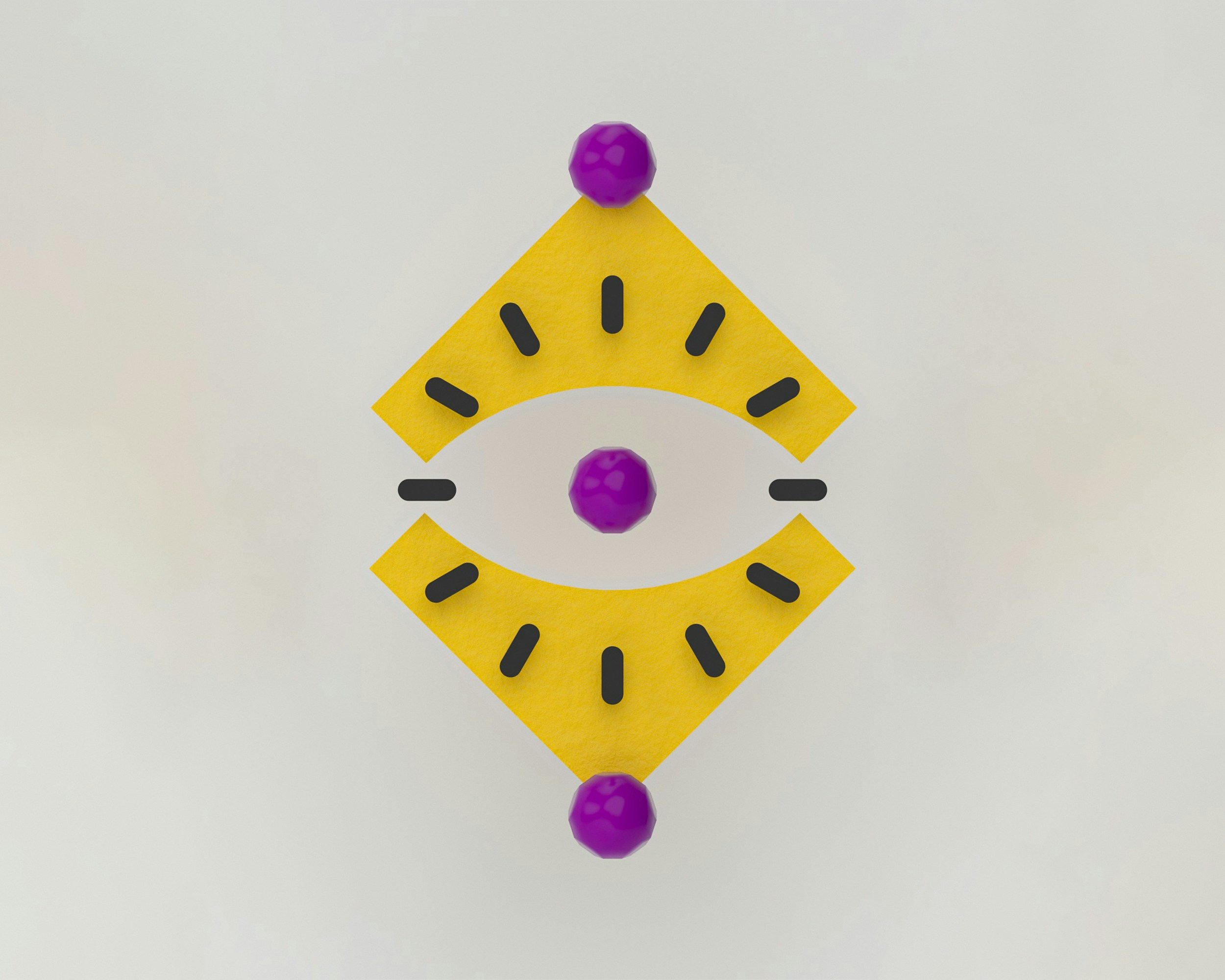Original


Brand manager Alex stood once again in front of the long snack aisle. He wasn’t in a hurry to choose — he was observing. Not with the eyes of a consumer, but with the eyes of a brand strategist.
Over the past few months, Alex had begun to see packaging differently. He no longer read just the fonts or the colors — he read the meaning behind them. He asked himself: What exactly makes this packaging original? And if it is original — why do I feel it, even before I’ve consciously recognized it?
Each brand seemed to be trying to say something. But not all of them spoke clearly or with intention. Some stayed silent, blending into the background. Others tried too hard to be “different” — and got lost in the noise.
Alex knew: originality isn’t a label. It’s a truth. And it starts far deeper than it may seem at first glance.
What Does “Original” Mean in Branding and Design?
An original is the initial, unique outcome of a creative process — not a copy, not an imitation. In branding and design, an original is an idea, a visual, a style, or a concept that arises as a distinctive and deliberate expression of a brand’s personality.
The Difference Between the Original and the Copy
A counterfeit can be beautiful, but it will never be an original. An imitation can be skillful, but it always walks a path already taken. An original doesn’t follow — it carves its own road.
Creativity Alone Isn’t Enough
Originality is impossible without creativity, but they are not the same. One can be creative and still banal. Originality is creativity within a strategic context. It’s the result of an innovative approach to form, content, and audience interaction.
Originality as a Core of Brand Uniqueness
A brand’s uniqueness is the sum of all the traits that set it apart from others. Originality is one of the key pillars of this uniqueness, enabling a brand to:
-
develop a distinctive visual identity,
-
express its values and positioning,
-
hold the audience’s attention.
Why Originality Matters for a Brand
Memorability and Recognition
A Nielsen study showed that original packaging design can increase sales by 5.5%. People remember what stands out — and what moves them.
Emotional Connection with the Consumer
Originality sparks emotion — surprise, joy, curiosity. And emotion is the foundation of memory and loyalty.
The brand Oatly uses unexpected fonts, quirky on-pack dialogues, and humor that defies FMCG norms. This creates a sense of intimacy and makes people smile — and that smile turns into attachment.
Source: packaging of the world
Competitive Advantage
In a saturated market, originality is not just a way to stand out, but a survival tool. When categories are standardized (like in the dairy, banking, and beauty markets), an original image is a chance to be first in the customer's mind.
Increased Brand Value
A brand with original identity and voice can sell its products at a higher price — simply because it is perceived as more valuable, authoritative, and "genuine." (To learn more about what "brand" means, you can read our article.)
Originality in Design: Not Just Beautiful, But Strategic
Logos That Can't Be Mistaken
A logo is not just an icon. It's the visual signature of the brand. It can be minimalist or illustrative, but the key is that it conveys the character, values, and uniqueness of the brand. True originality appears when a logo is recognized not because it's "in-your-face," but because it carries an idea that is unique to that brand.
A good example of a successful logo is Mailchimp — the hand-drawn style and Fred the monkey became the antithesis of "corporate" SaaS.
Source: 1000 logos
Brand Identity Reflecting the Brand's DNA
Brand uniqueness is not about "everything at once" or "being different from everyone." It’s a focus, built from elements: visual style, tone of communication, products, and services. And originality is one of these elements. Without it, a brand risks being correct, but boring. Convenient, but without a face.
Originality helps to:
-
Create an image that can be recognized at first glance;
-
Express the brand’s character — not in words, but in form;
-
Integrate into the culture, not just exist beside it.
A brand without originality is like speech without an accent. It might be understood, but it won't leave a mark.
The company Aesop uses a minimalist design reminiscent of pharmacy labels, which emphasizes a scientific and ethical approach.
Source: The Dieline
Packaging as a Story
Packaging is not just an information carrier. It’s the stage where a brand can tell a story. Good packaging evokes emotions before the person even reads the ingredients or price.
For example, Innocent (a company that produces juices and smoothies) uses handwritten fonts, funny phrases, and illustrations. Every detail gives a sense of friendliness, honesty, and simplicity. It’s not just packaging — it’s a dialogue with the consumer.
Source: About Drinks
Where is the Line Between Originality and Chaos
Mistakes on the Way to Originality
Tropicana (rebranding 2009): abandoning recognizability for a "fresh" image. Losses — $50 million. Why? People didn’t recognize the product.
GAP (rebranding 2010): the new logo caused widespread rejection. It wasn’t bad, but it was too similar to thousands of others.
Balance: originality within the brand system
It’s important that originality doesn’t disrupt recognizability. It should develop the brand, not erase it. Just as a play starts with the coat rack, a brand starts with a recognizable idea — even the most unexpected one.
How neural networks work: a tool, not a magic wand
Generation of unconventional solutions
Neural networks like Midjourney, DALL·E, and Ironov generate visuals that might not always come to a human's mind. They introduce new ideas — and the designer adapts them if necessary.
In example, the Smolig studio of automobile and motorcycle detailing. They provide complex and exclusive repair and tuning services. The project was made in Ironov AI.
Source: Ironov portfolio
Trend analysis
AI can identify visual and semantic trends that are just emerging. This helps a brand be the first in a new niche, rather than playing catch-up.
How to measure originality: a brand manager’s checklist
-
Can your brand be confused with another?
-
Does the visual style reflect the company’s values?
-
Does the packaging evoke emotions?
-
Does the logo speak for itself?
-
Is the brand in step with trends or ahead of them?
If you answered "yes" to all these questions, congratulations, you're on the right track!
Conclusion
Returning home, Alex looked again at the photos of packaging he had taken in the store. He marked three that caught his attention. Not because they were brighter or more beautiful, but because they had courage. The courage to be different. The courage to be oneself.
Alex knew that this was the essence of originality. Not just a unique image, but an expression of one's true essence through form. And if a brand knows how to do this, it leaves a mark. Not only in the mind but in the heart.


